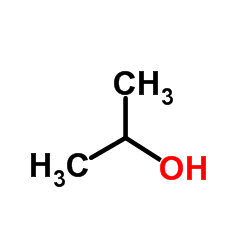| Structure | Name/CAS No. | Articles |
|---|---|---|
 |
Isopropanol
CAS:67-63-0 |
|
 |
Brilliant Green
CAS:633-03-4 |
|
 |
cholesterol
CAS:57-88-5 |